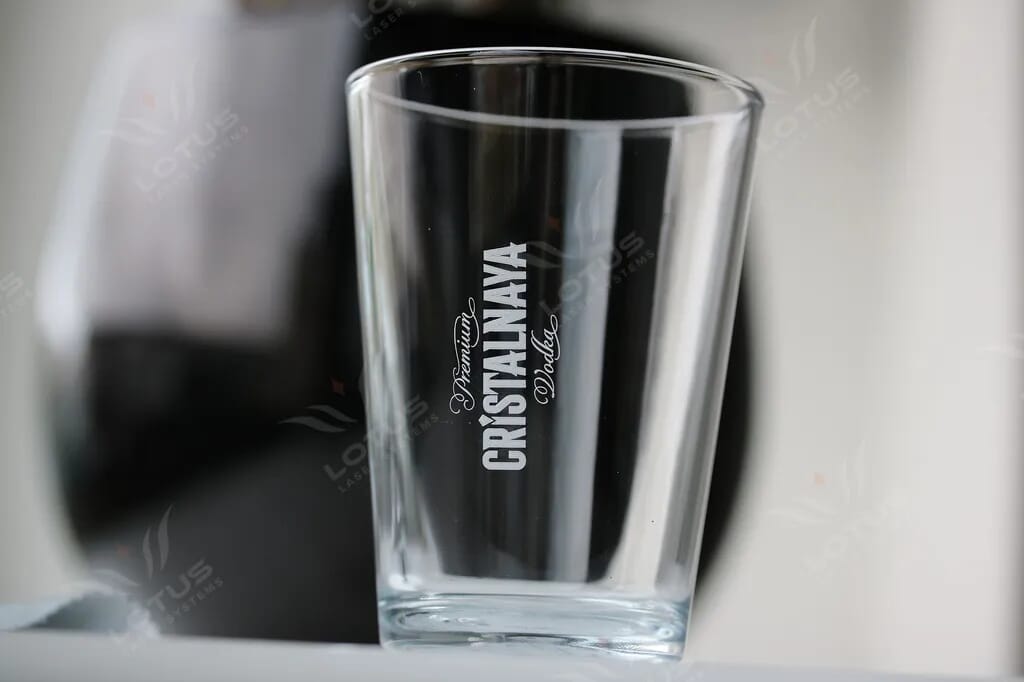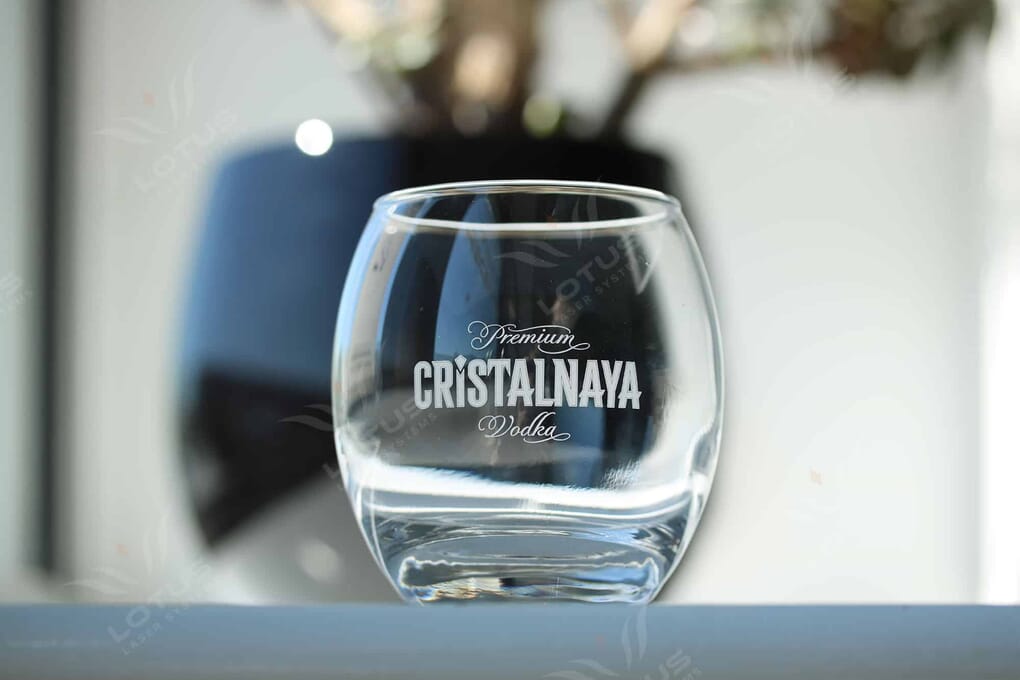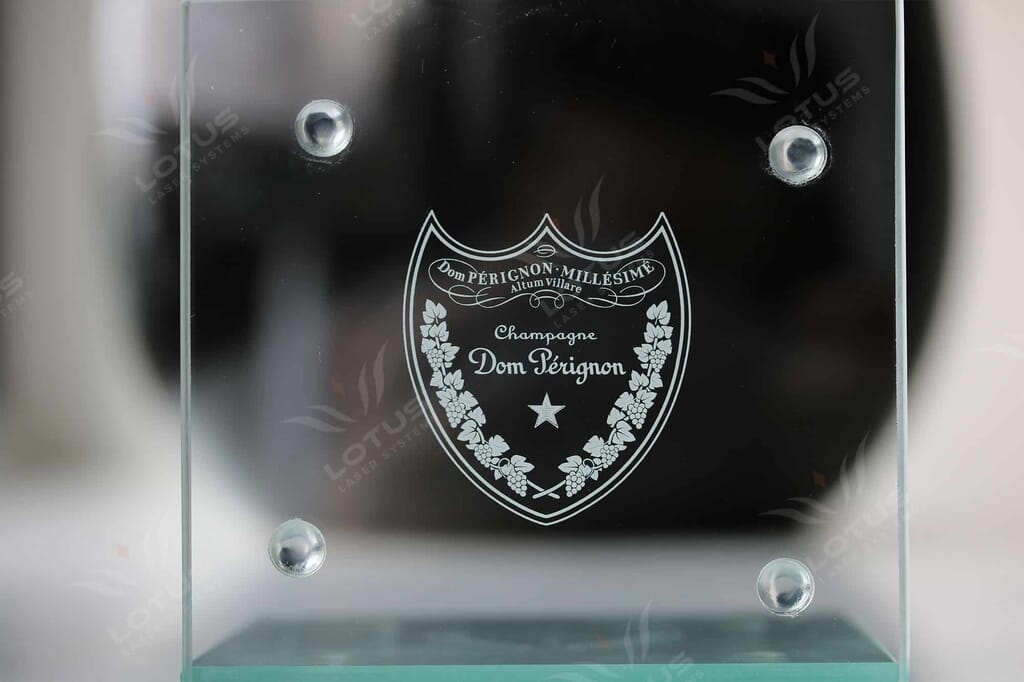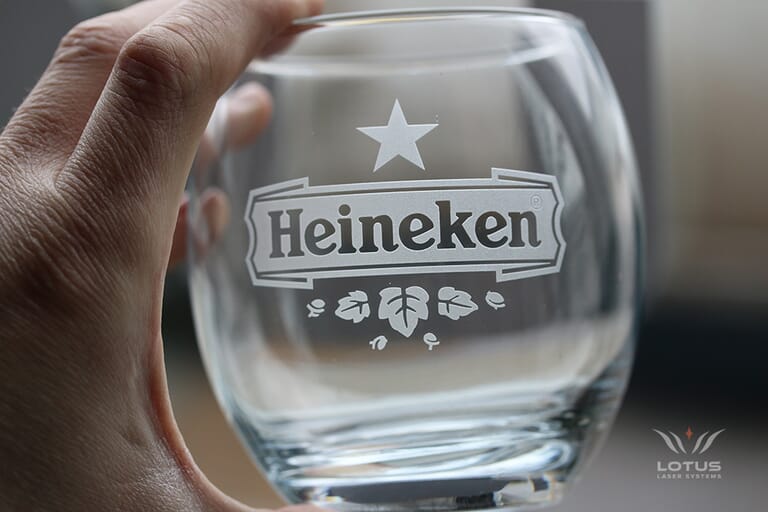Laser Marking & Engraving Machines
Our Meta range will fit most requirements, from the ultra-compact desktop nMeta, to our high-performance Meta-C systems (3D as standard).
About
The word ‘glass’ is an all encompassing name given to materials that can have significant variations in chemical and other properties, however, it is most commonly used to describe various forms of silica based transparent materials that are often quite fragile in nature such as spectacles, drinking vessels, vases, etc.
background
Aside from the chemical differences in many forms of glass, variations in process of manufacture contribute towards making glass a material that is somewhat wide in scope and inconsistent in make-up. Even glass of the same make-up and shape can vary in size due to thermal inconsistencies during the cooling process, therefore, unlike most other materials, glass can be difficult to laser etch with a highly consistent effect.

scope
Although not the simplest of materials to work with, the business scope for laser engraving glass is vast. From personalised gin glasses and restaurant-branded tumblers to medical equipment and window glass, with the right laser engraving machine the possibilities are limitless.
When marked by laser glass will not vaporise. Once exposed to a 10.6µm laser, glass thermally reacts and micro cracks are formed, it’s important not to thermally overload the material as the desired micro cracks will form into larger material fractures that will flake away from the main body. To minimise this risk, techniques like marking through wetted newspaper or marking through dish soap are often used; this surface-applied additive acts as a heat-sink to minimise any thermal overload to the glass itself. Use of such additives can however significantly reduce throughput.


The plano convex lens of the plotter format laser engraving machine provides for the smallest possible focal point, as small as 90µm, which delivers a high energy density and a very localised thermal reaction, the result of which is a mark closest to resembling that of chemical etching or sand blasting. This type of machine is best used for marking higher value items such as presentation awards, for example.
Laser engraving glass with a plotter laser can be a very slow process, often taking minutes to produce.
For more industrial applications a galvo laser is often the only system that can be used because it will create a mark in mere seconds. Actually, for simple marking applications such as marking wine glasses with volume fill lines, a galvo laser can produce a mark well under a single second. It’s so fast that the mark will appear after the laser has finished; much the same way that the sound of thunder can follow the flash of lightening.
Today, most plate glass is marked by a 10.6µm galvo laser. Whole new processes such as the nucleation of beer glasses can only be produced with this type of laser marking machine because, aside from the rapid marking speed, a very long focal length is required for the laser to reach into the bottom of the glass.
Paving the way for technological innovation is the UV laser. Different to CO2 or Fiber lasers, the UV laser does not damage the material surrounding the surface of an object, making it the most suitable wavelength for laser marking glass. Using significantly less heat than other wavelengths such as CO2, the UV laser shoots high-energy photons in the ultraviolet spectrum that break the chemical bonds in the material, causing the material to undergo non-thermal process damage.
UV has a highly absorptive wavelength. A high absorption rate enables this wavelength to mark a huge range of materials that would otherwise not react without some form of additive. And because the UV spot size is 30x smaller than CO2 and 3x smaller than Fibre, the UV marking process is extremely fine and controlled, offering greater detail than you can achieve with a longer wavelength fiber or CO2 laser.
Trusted and loved by thousands of businesses






Ultimate flexibility
When it comes to marking glass drinking vessels, you can achieve unbeatable results with a state-of-the-art 3-axis beam. A 3-axis allows you to mark curvatures on your creations, and when combined with the rotary system you can achieve maximum quality across almost any-shaped surface that is within scope of the technology.
